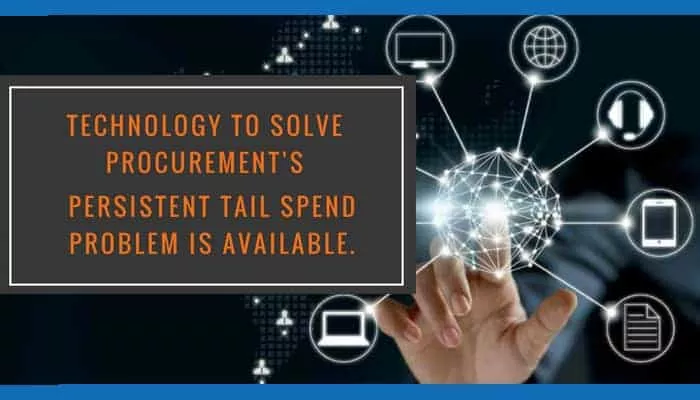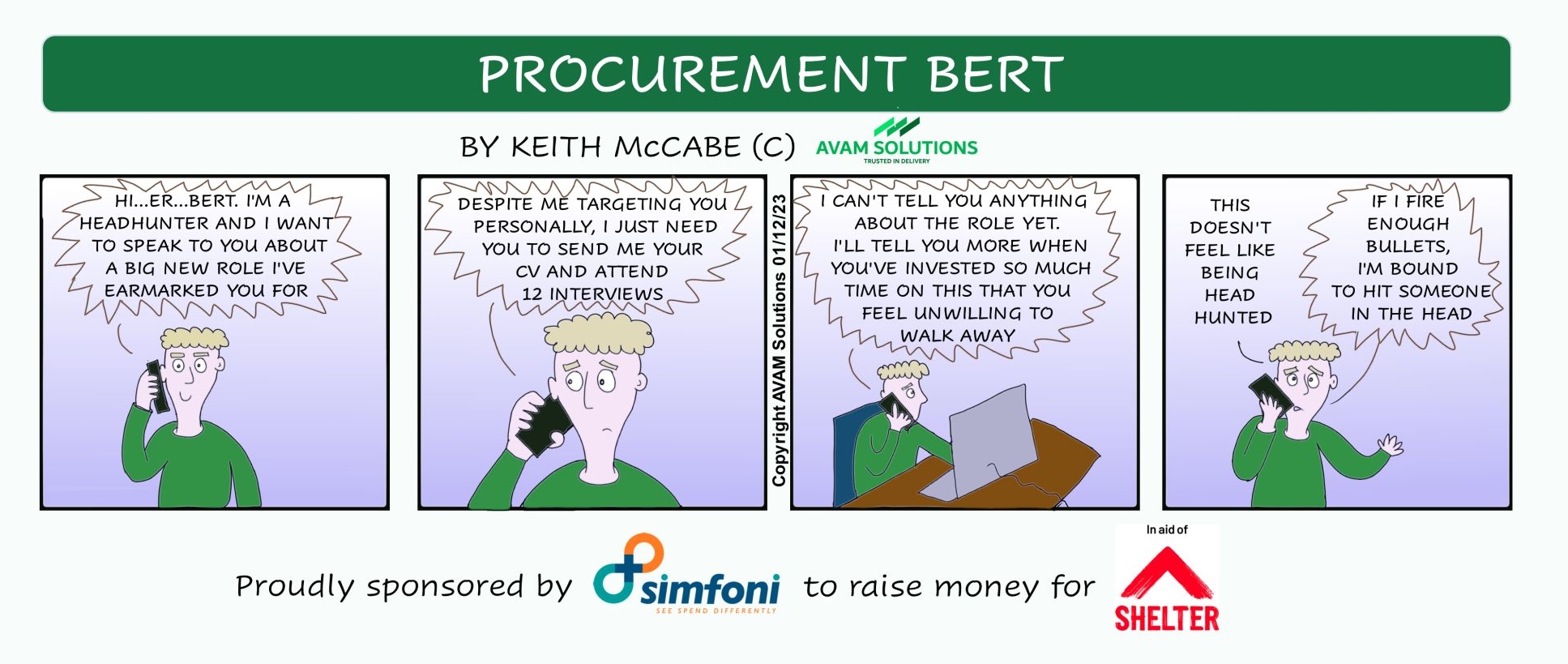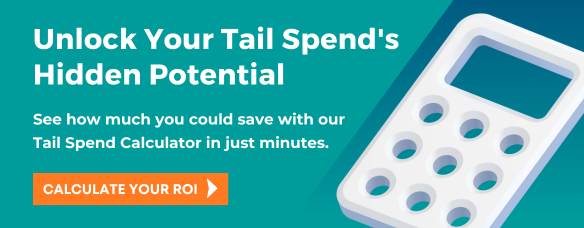Tail spend frustrates many procurement groups. It’s messy, it’s complex and it’s time-consuming to tackle. Inking big deals and keeping stakeholders happy seem like far better priorities for the typical category manager, since that’s how he can turn executive heads and make his daily life simpler.
At least, that’s how it used to be. These days tail spend is trending — and for good reason. Here are three reasons why this persistent thorn in procurement’s side is finally getting the attention it deserves.
The Final Frontier
Over the last two decades, digital technologies have helped procurement claim greater savings. But now the obvious candidates for cost cutting have been tapped out, and there’s only one place left on which to focus: the tail.
In the first half of procurement’s digital journey, organizations explored the wide-open frontier of strategic spending. Sourcing a major category produced huge value for the business and allowed procurement to claim a big win with management. Logically, using e-sourcing tools to optimize strategic sourcing was the best place to begin.
Read More: – What is Source to Pay – A Guide to Source-to-Pay (S2P) Process
Next procurement set sail to capture the minnows of the vast spend sea: low-value catalog spend. The main reason for this was because it was a clearly solvable problem. By applying e-procurement to catalog spend, procurement quickly brought more spend under management and claimed additional cost savings.
But now the world of cost opportunities has been mapped. Big, strategic sourcing projects have become predictable and repeatable. Catalogue-based spend has been mostly addressed. Now procurement has turned its head to the sky and is locked in on Serpens, where the obstacles are daunting but the potential (savings) resources available are finally becoming clear.
Read More:- AI in Procurement
The Tail Opportunity
Ask any procurement leader what his top priorities are, and he’ll invariably say reducing costs, getting more spend under management and gaining more recognition within the organization as a function. Luckily, tail spend offers the opportunity to tackle all three of these at once.
To expand its influence, procurement must focus on the 20% of spend spread across the remaining 80% of suppliers. This gap in control, the long tail of spend, is also the most reasonable way to alleviate continuing pressure to deliver new savings.
According to data compiled by The Hackett Group, better managing tail spend can lead to 7.1% savings on average. Increased visibility into tail spend also can help identify areas that should have already been
strategically sourced. Finally, cycle time gains will free up higher-paid category managers from handling one-off requests — a significant benefit in terms of labor cost.
Tail spend, however, is fraught with characteristics that render traditional sourcing approaches ineffective — poor data visibility, low volume, time sensitivity, and unique and often unstable specifications. Fortunately, these are just the kinds of problems emerging technologies have finally matured enough to solve.
Read More:- What is Procure to Pay – A Guide to Procure to Pay (P2P) Process
Technology for the Tail Spend Era
The technologies needed to address tail spend are different from those that addressed strategic spend and low-value spend. And while many of them have existed for some time, only in the last several years have they advanced to the point where they can adequately solve the tail spend problem.
Automation, for example, is helping solve the time constraint issue.
Simfoni, a solutions provider with both technology and services targeting analytics and tail spend, estimates it can eliminate about 50% of a buyer’s time to turn a requisition into an RFP, the company told Spend Matters. And when the correct category and appropriate vendor list for a product have been determined, Simfoni can fully automate the application of appropriate purchasing protocols based on the estimated value of spend and necessary sourcing strategy for the type of product, the provider said.
Those time savings from RFP to final purchase go a long way to address unmanaged tail spend without overwhelming procurement resources.
When automation isn’t an option, analytics can help procurement identify where it should focus its scarce time and even suggest the best course of action. Our Chief Research Officer Pierre Mitchell illustrated how this concept works in a recent article discussing how Infosys is approaching tail spend challenges with one of its clients:
Infosys is running the tail spend “buying desk” for [a large life sciences client] and wanted to use machine learning to start analyzing the various patterns of the inbound requests. By segmenting/ clustering the requests for different spend types and analyzing how different input variables (e.g., spend type, requestor type, business unit, criticality, dollar value, source system, etc.) were affecting buying performance (e.g., cycle time, savings, etc.), the team was able to concurrently: re-engineer some of the root causes in terms of policies, data quality, service level expectations, poor training, etc.; and build some automated agents to help monitor the process and either redirect the process or notify the users (e.g., telling an untrained requisitioner that a requested free text item is already in the standard catalog)
But perhaps most telling for the future intersection of tail spend and procurement technology is the way that organizations are adapting old processes to give stakeholders a purchasing experience closer to the one they know and love from their online consumer shopping.
According to a forthcoming Spend Matters research study on procurement’s approach to tail spend, the majority of procurement organizations today rely on a mishmash of approaches to manage the tail, ranging from p-cards to e-marketplaces to outsourcing. The most progressive organizations, however, are converging the individual strategies into an integrated, consumerized strategy that takes the best of B2C process design and applies that to the business’ B2B buying requirements. Chief among desired B2C shopping capabilities included self-service tracking of purchases, shipments, payments and returns; visibility beyond existing contracted items to see the lowest prices and total delivered costs; and intuitive searching, filtering, sorting, comparisons and substitutions.
Digital is Here to Stay
These are just three approaches to taming the tail. The growing availability of technology solutions that address pain points of the tail spend problem, however, reflects the earlier stages of procurement’s digital journey. Just as e-sourcing and e-procurement solutions rose up to address strategic sourcing and lower-value catalog spend, tail spend-specific solutions from purchasing automation to prescriptive analytics and consumerized shopping approaches are emerging to help procurement capture the opportunities of effective tail spend management once and for all.












